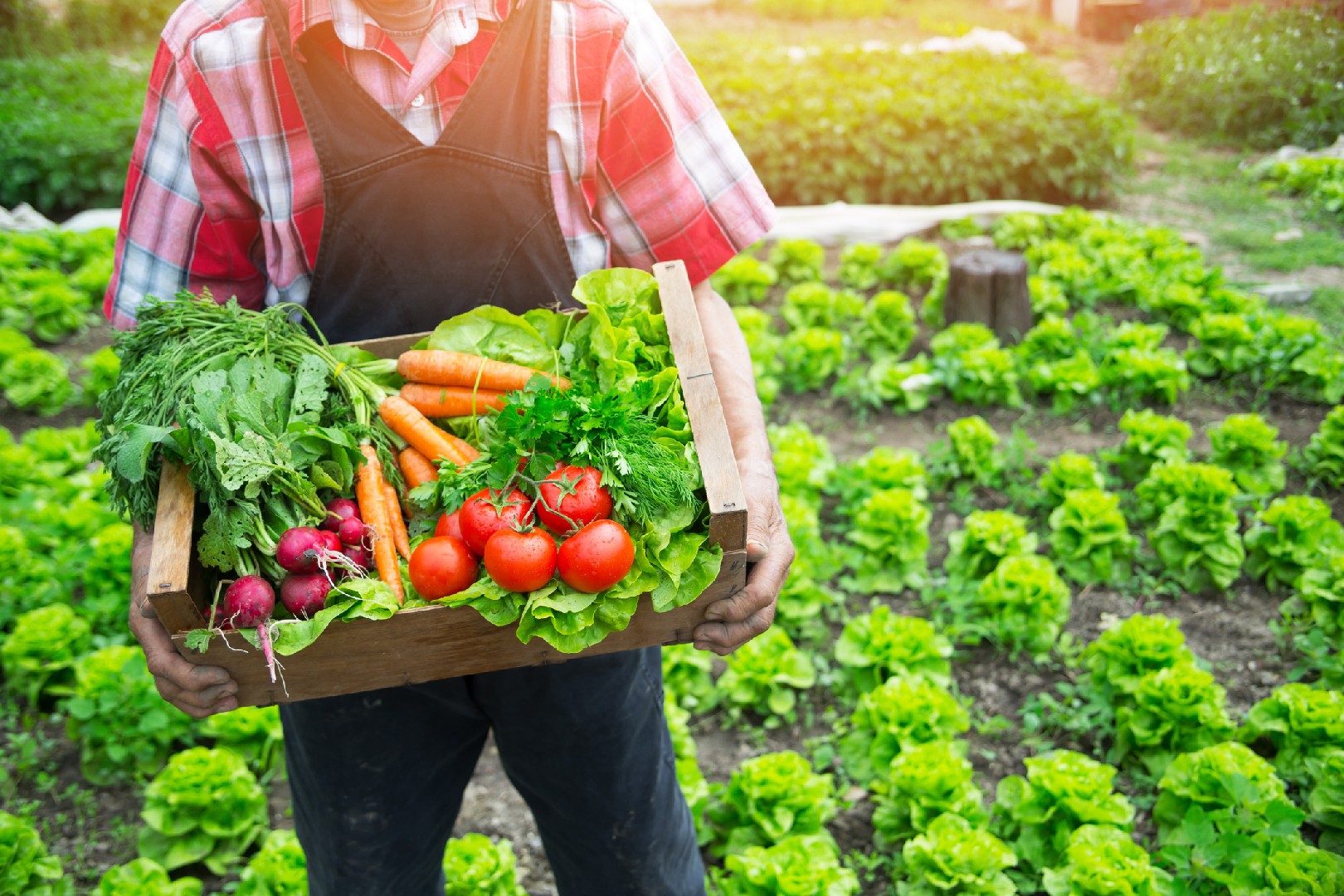![Rectangle]()
Understanding Your Vegetables' Life Cycles
When it comes to enjoying fresh produce year-round, understanding your vegetables' life cycles is key. Each vegetable has its own unique life cycle, which can vary in length and specific needs. By understanding these life cycles, you can effectively plan and implement a planting schedule that ensures a continuous supply of fresh vegetables throughout the year.
Common vegetables can be categorized based on their seasonal needs, which are influenced by their life cycles. Cool-season vegetables, such as lettuce, spinach, and broccoli, thrive in cooler temperatures and can be planted in early spring or late summer for a fall harvest. On the other hand, warm-season vegetables, like tomatoes, peppers, and cucumbers, prefer warmer temperatures and should be planted after the threat of frost has passed in late spring or early summer.
To better understand the life cycles of common vegetables, let's take a closer look at three key stages: germination, growth, and maturity. Germination is the first stage, where the seed absorbs water and begins to sprout. During this stage, the seedling develops its first set of leaves and starts establishing its root system.
After germination, the vegetable enters the growth stage. This is when the plant focuses on developing its foliage and stems, absorbing nutrients from the soil and sunlight to support its growth. Providing adequate water, sunlight, and nutrients during this stage is crucial for healthy plant development.
The final stage is maturity, where the vegetable reaches its full size and is ready for harvesting. The timing of maturity varies for different vegetables. For example, leafy greens like lettuce and spinach can be harvested when the leaves are large and vibrant, while root vegetables like carrots and beets are ready to be pulled from the ground when their roots are mature.
Understanding the life cycles of your vegetables helps you plan your planting schedule strategically. By staggering the planting dates, you can ensure a continuous supply of fresh vegetables throughout the year. For example, you can start planting cool-season vegetables in early spring, followed by warm-season vegetables in late spring. As the cool-season vegetables reach maturity and are harvested, you can replant them with another round in late summer for a fall harvest.
In addition to planning your planting schedule, knowing the life cycles of your vegetables also helps with crop rotation. It's important to avoid planting the same vegetables in the same spot year after year, as this can lead to nutrient depletion and increased pest and disease problems. By rotating your crops and planting different vegetables in different spots each year, you can maintain the health and fertility of your soil.
By understanding your vegetables' life cycles and implementing an effective planting schedule, you can enjoy a bountiful harvest of fresh produce year-round. Whether you have a small backyard garden or a larger plot of land, incorporating seasonal vegetable gardening into your routine is a rewarding and sustainable way to enjoy the flavors of nature's bounty.





